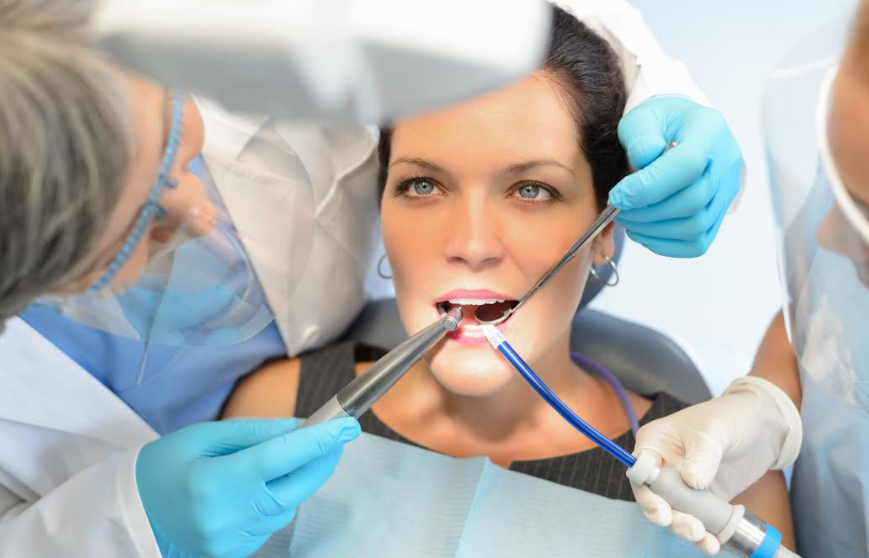Up until only a few decades ago, there was only one real option for an elderly person who is faced with losing their teeth, and that was full top and bottom dentures. We have long had crown and bridge treatments to replace the odd missing tooth, but when faced with completely replacing one’s teeth, dentures were the only option.
Fast-forward to the second decade of the third millennium, and technology has further advanced, making anything that was once concepts to materialize, including some alternatives to dentures. Below is one of the alternatives you can consider if dentures just aren’t your thing.
Dental Implants
Enter dental implants, a revolutionary treatment that is actually a permanent solution to missing teeth. With the best dental implants in Sydney CBD or in your city only a quick Google search away, you can finally eliminate bulky dentures from your life. The implants are actually titanium screws that are very precisely inserted into the jawbone, and as titanium bonds well with human tissue and bone, after a couple of months, the implants are strong enough to anchor prosthetic teeth.
Two-Phase Treatment
Prior to having dental implant treatment, the dental specialist needs to take a few X-rays to ensure that your jawbone structure is suitable for the implants. Should he or she decide that you are a suitable candidate for dental implants, a treatment schedule can be set if you are in agreement. If you are wearing dentures, then your gums are already strong and the dentist would take plaster impressions or use a 3D imaging system that is computer-controlled, which gives perfect reproduction of the inside of your mouth. If you require tooth extractions, a longer period of time is needed for the gums to properly heal.
Stage One
The first stage of the treatment is to fit the titanium screws, and once in place, a temporary set of prosthetic teeth would be fitted. After 6-8 weeks, the titanium pins would be securely in place and the second part of the treatment can be carried out.
Fitting The Prosthetic Teeth
If you are having a full mouth treatment, the top and bottom set of teeth would be what is called a ‘four in one, which means that the set of upper teeth are anchored into the mouth at four specific points and the same for the lower set. The dentist would use a very strong adhesive to set the prosthetic teeth, which would be made from porcelain or a composite, and once firmly in place, you can brush and floss as normal.
Dental implants are not removable, and if looked after, will last a lifetime, and the dentist would wish to see you a few months after the treatment to ensure that all is well. The dentist would ask you about the shade you prefer and the prosthetic teeth would look perfectly natural and no one would ever know they aren’t your original teeth.
There are several types of dental implants and if you would like to explore the potential that this treatment offers, talk to a dentist who specializes in cosmetic dentistry. After an initial examination, the dentist can tell you which form of dental implant is most suitable, and should you be in agreement, the treatment can be scheduled and you can look forward to a new set of teeth that will stand the test of time.
Read Also:






















